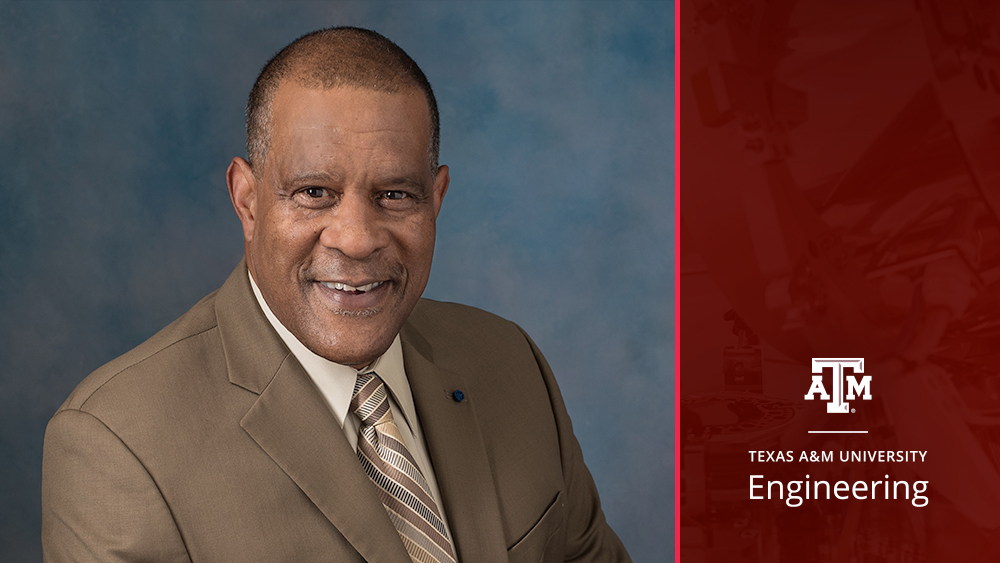
Dr. James Hubbard Jr. is among the latest members appointed to serve on the United States Board on Army Research and Development.
The board is an independent advisory resource for the U.S. military on topics including research, development and the application of science and technology in support of military matters. Appointed by the president of the National Academy of Sciences, members are widely recognized experts in industry, academia and the military.
"This is a chance to serve my country by providing expertise in a broad variety of technical topics of interest to the Army," Hubbard said. "The experience of others on the board will also allow me to grow both technically and personally in new areas."
Hubbard, who serves as Oscar S. Wyatt, Jr. '45 Chair I Professor in the J. Mike Walker '66 Department of Mechanical Engineering, said it is an honor to serve on the board and that he hopes it will bring recognition to the expertise Texas A&M University can provide.
"I am hoping my combined 40 years of engineering experience from my career brings a fresh perspective to the challenging problems the Army faces in its attempt to continuously upgrade and modernize to ensure the safety of our troops and the nation," Hubbard said.
As part of the board’s duties, members will be assessing the feasibility of the U.S. Army's Strategic Long Range Cannon program, looking specifically at the propellant, projectiles, electromagnetic launch and the cannon itself. According to the National Academies' official description of the program, it aims to achieve the capability to fire a projectile up to 1,000 miles at hypersonic speeds.
Hubbard previously served six years on the U.S. Naval Research Advisory Committee and eight years on the U.S. Air Force Studies Board, on which he remains an active member. A member of the National Academy of Engineering, Hubbard joined Texas A&M in early 2017, first serving as a visiting fellow of the Hagler Institute for Advanced Study before accepting a permanent position.
He leads the StarLab, a state-of-the-art motion-capture research space well-suited for testing and developing new methods and technologies. The lab features more than 40 high-speed motion capture cameras, a capture volume of 40 feet by 40 feet and a holodeck-like environment.
Hubbard is internationally known for his research in aeroacoustics for noise control, adaptive structures, spatially distributed transducers and the extension of modem time-domain control methodologies into the spatial domain for the monitoring of distributed systems.